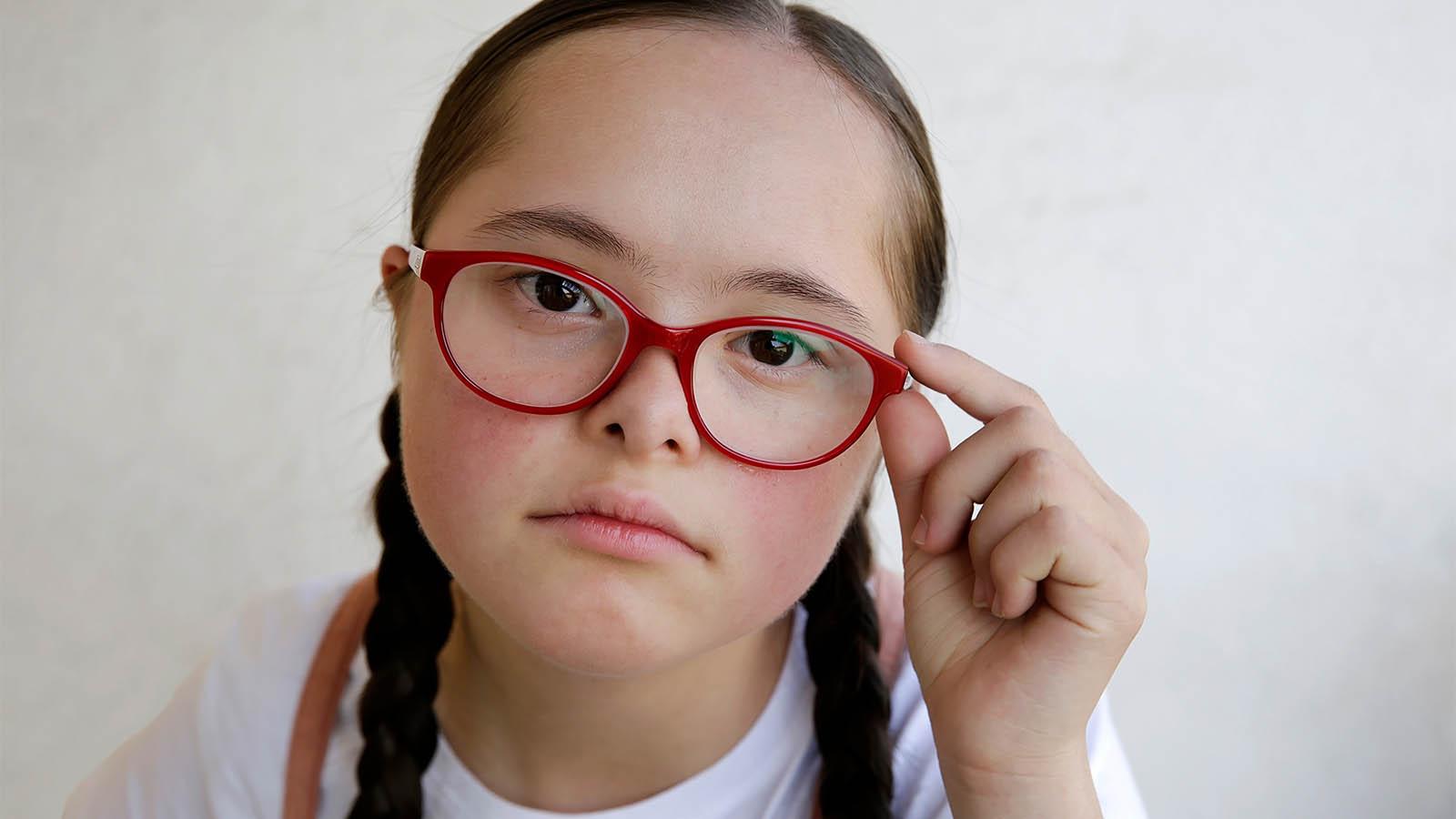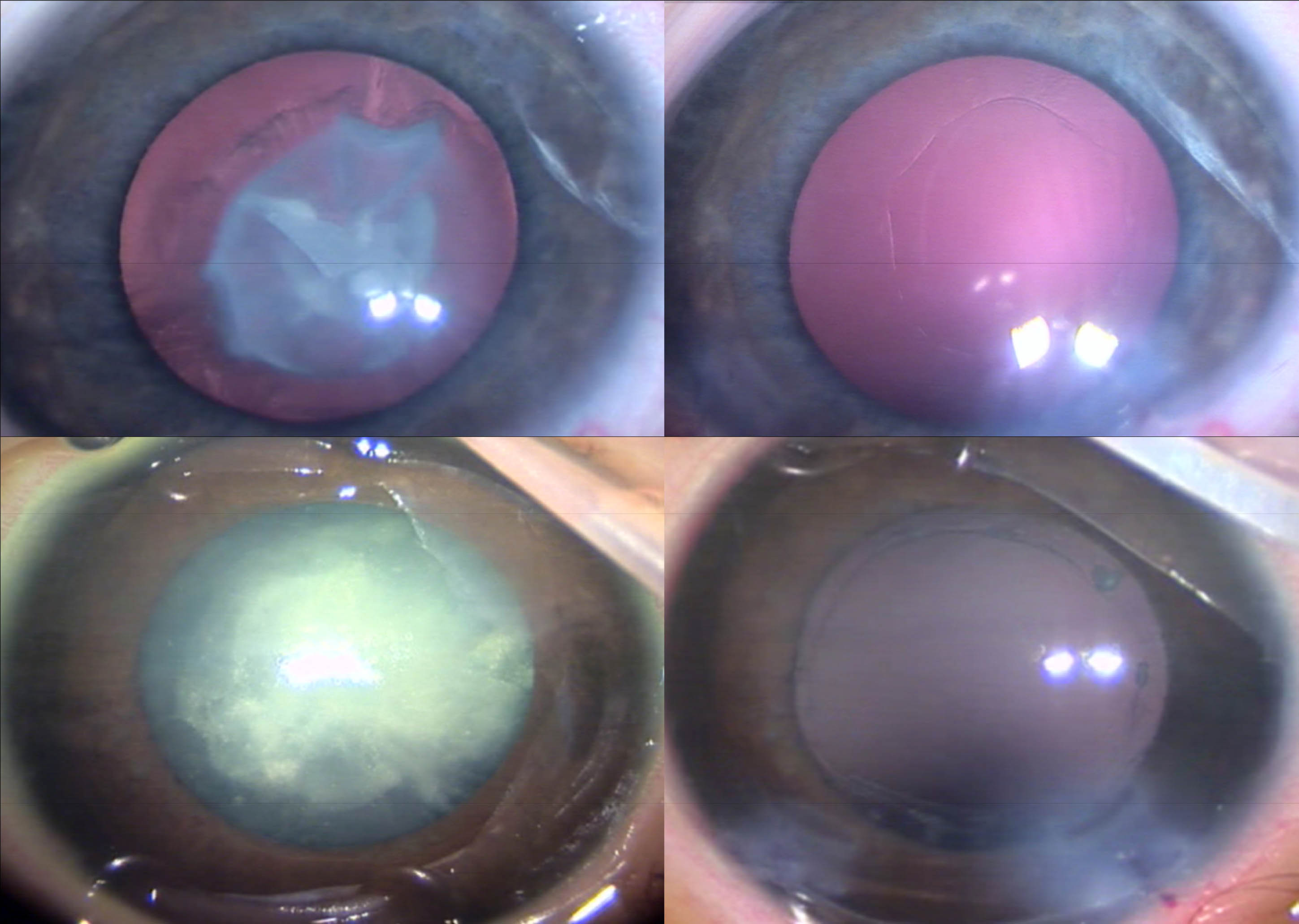Down syndrome can have effects on the eye(s) which impact the proper development of vision. Eye disease is reported in 60-80% of patients with Down syndrome including less severe problems like tear duct abnormalities to vision-threatening diagnoses such as early age cataracts (Bull et al., 2022). For this reason, particular attention should be given to eye exams for people with Down syndrome. An initial eye exam is recommended at birth as well as within the first 6 months of life (Bull et al., 2022).
Down syndrome is associated with common characteristic features of the eyes. This includes upward slanting of the eyelids, prominent folds of skin between the eye and the nose, and small white spots present on the iris (the colored part of the eye) called Brushfield’s spots. These spots do not affect vision and can be seen in people without Down syndrome as well.









